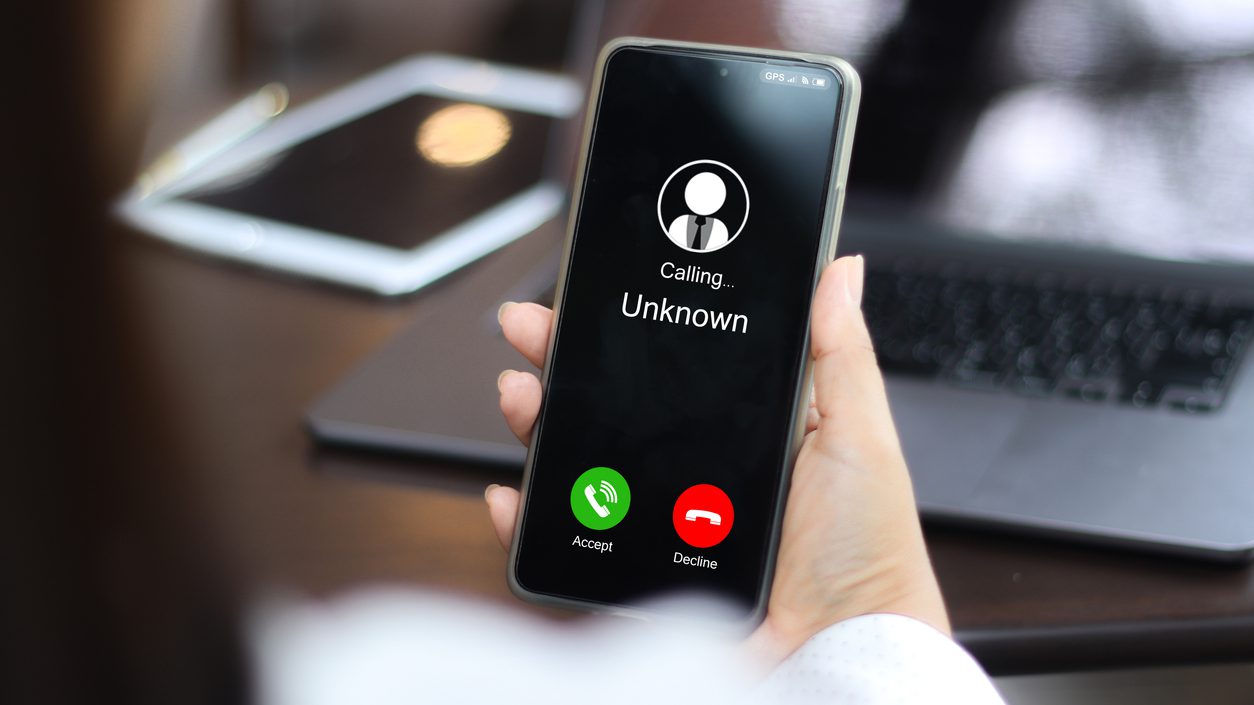Resource Center
How Do Businesses Know Who Is on the Do Not Call List?
Type: Blog
Topic: Do Not Call Solution

Businesses can determine who is on the National Do Not Call (DNC) List by accessing the registry maintained by the Federal Trade Commission (FTC).
The DNC List is designed to protect consumers from unwanted telemarketing calls. Any business that engages in outbound calling must compare its call lists with the numbers on the registry to make certain it complies with the Telephone Consumer Protection Act (TCPA). Failing to do so can result in significant legal and financial penalties.
For businesses managing large-scale marketing campaigns, staying compliant with the DNC List can be complex. PossibleNOW’s Do Not Call solution simplifies this process. DNCSolution provides tools for scrubbing contact lists, identifying consumer opt-outs, and guaranteeing compliance with both federal and state regulations under the TCPA.
Speak With an Expert Today
Methods for Accessing the Do Not Call List
To access the Do Not Call List, businesses must register with the FTC’s website. After registration, companies can download the DNC data specific to the area codes they are targeting. The first five area codes are free. Each subsequent code costs a small fee, although there is an eventual cap and certain organizations, like non-profits, may be exempt.
Once registered, businesses can access the list for 31 days. After this period, it’s crucial to refresh their contact lists by downloading the latest version of the DNC data. Companies are legally required to scrub their call lists against the registry regularly to avoid contacting numbers that have recently been added.
Additionally, businesses that outsource their telemarketing activities must verify that any third-party vendors they work with are also complying with DNC regulations by accessing the registry and scrubbing their call lists.
How Often Should Businesses Scrub Their Contact Lists?
The FTC mandates that businesses scrub their contact lists at least every 31 days. This guarantees that new numbers added to the DNC List are not mistakenly contacted. Failure to scrub lists regularly can result in costly TCPA violations.
For companies that operate in multiple states or handle large volumes of outbound calls, keeping track of compliance on their own can be challenging. Automated solutions, such as PossibleNOW’s DNCSolution, help businesses stay up to date by scrubbing contact lists in real time. This not only minimizes the risk of violating the DNC rules but also improves overall efficiency in managing telemarketing campaigns.
Consequences of Failing to Check the Do Not Call List
Failing to comply with DNC regulations can lead to significant penalties. Under the TCPA, businesses can face fines of up to $1,500 per call for contacting a number on the DNC List. If violations are deemed willful, fines can be even higher. Beyond financial penalties, businesses may face lawsuits, including class-action cases, which can further damage a company’s reputation and financial health.
Repeated violations can lead to more severe consequences, such as increased regulatory scrutiny and legal actions that can disrupt business operations.
The Role of Third-Party Compliance Solutions
Managing DNC compliance can be difficult, especially for businesses that rely on telemarketing or work with third-party vendors. Third-party compliance solutions like PossibleNOW’s Do Not Call platform offer a comprehensive way to handle this challenge. DNCSolution automates the process of scrubbing call lists, tracking consent, and documenting compliance efforts, guaranteeing that businesses remain protected from regulatory risks.
By integrating DNCSolution with existing CRM systems, businesses can streamline compliance management across all outbound marketing efforts, minimizing human error and avoiding costly violations.
Getting Started is Just a Call Away
About PossibleNOW
PossibleNOW is the pioneer and leader in customer consent, preference, and regulatory compliance solutions. We leverage our MyPreferences technology, processes, and services to enable relevant, trusted, and compliant customer interactions. Our platform empowers the collection, centralization, and distribution of customer communication consent and preferences across the
enterprise. DNCSolution addresses Do Not Contact regulations such as TCPA, CAN-SPAM and CASL, allowing companies to adhere to DNC requirements, backed by our 100% compliance guarantee.
PossibleNOW’s strategic consultants take a holistic approach, leveraging years of experience when creating strategic roadmaps, planning technology deployments, and designing customer interfaces. PossibleNOW is purpose-built to help large, complex organizations improve
-
TCPA Regulations and Compliance: Complete Guide
Type: Blog
Topic: Do Not Call Solution
-
Defining Meaningful Metrics: 6 Soft KPIs to Measure Customer Preference Collection
Type: Blog
Topic: Preference Mgmt
-
Email Preference Center Best Practices
Type: Blog
Topic: Preference Mgmt
-
The Basics of DNC Scrubbing: What Is a Do Not Call (DNC) Scrubber and Why Do You Need It?
Type: Blog
Topic: Do Not Call Solution
-
What is Consent Management, How it Works, & Why it’s Important for Data Compliance
Type: Blog
Topic: Consent Mgmt
-
Do Insurance Companies Cover TCPA Damages?
Type: Blog
Topic: Do Not Call Solution
-
8 Best Practices for Capturing GDPR Consent
Type: Webinars
-
Data Silos Cause Communication Gaps
Type: Videos
Topic: Preference Mgmt
-
Difference Between Preferences & Consent
Type: Videos
Topic: Preference Mgmt
-
Integrate Do Not Call Compliance with Preferences
Type: Videos
Topic: Preference Mgmt
-
Customer Preferences Require More Than One Flavor
Type: Videos
Topic: Preference Mgmt
-
Give Customers Opt-Down Options
Type: Videos
Topic: Preference Mgmt
-
Preference Center Organization
Type: Videos
Topic: Preference Mgmt
-
Strategic Consultants Benefited Scotiabank
Type: Videos
Topic: Industry Testimonials
-
My Call Center is Not in the US. Do I Need to Comply with US Telemarketing Regulations?
Type: Blog
Topic: Do Not Call Solution
-
How Many TCPA Violations Do I Have to Commit to Be Sued?
Type: Blog
Topic: Do Not Call Solution
-
How Does My Business Obtain a SAN Number to Access the DNC Registry?
Type: Blog
Topic: Do Not Call Solution
